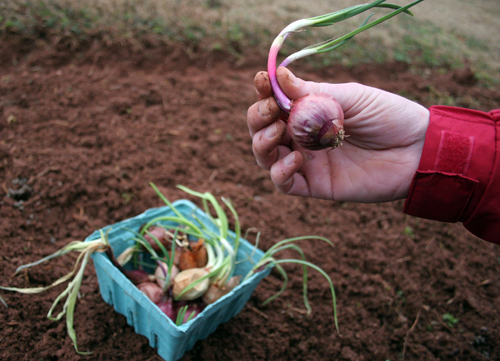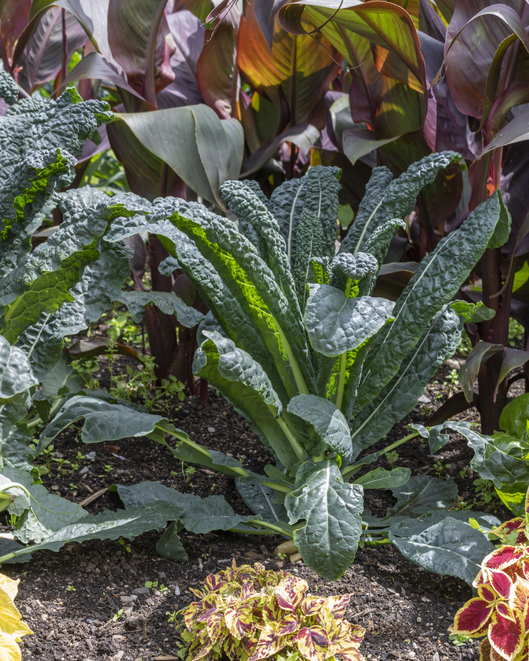It harkens back to another era, but you can still buy vegetable transplants that have bare roots. Your local feed and seed may still carry them, particularly if you live in a rural area.
Bare-root transplants are field-grown, bundled with 25 to 50 plants per bundle and then are sometimes wrapped with moist peat moss in Kraft paper.
Bare-root plants can be an inexpensive and environmentally friendly method of growing your vegetable garden. You will receive many more plants for a lot less money than tray-grown plants. They are also better for the environment because there are no plastic containers to dispose of.
These plants may even do better than tray-grown transplants. Because they were field grown, they are already hardened.
The number of vegetables that can be successfully produced this way may surprise you. Years ago there was a considerable industry in south Georgia of bare-root produced transplants that were shipped north along the East Coast.
One of the most common bare-root transplants are onions. In particular, Vidalia onion growers produce their own on-farm transplants.
Many of the brassicas (broccoli, Brussels sprouts, cabbage, cauliflower, collards, mustard, radishes, rutabagas and turnips) are particularly suited to being handled in this fashion. They tend to have a waxy coating on their leaves so they are less prone to water stress that can result with bare-root transplants.
If you find these plants at your local feed and seed or garden center, give them a try. Check to make sure the plants aren’t too wilted or dried out.
Have your garden ready for planting before purchasing these plants. If you can’t plant them right away, rewet the roots and keep them in a cool location. But don’t hold them for more than a day or so before getting them in the ground.
Plant bare-root transplants as you would tray-grown plants. Be sure to water them in, and watch them grow.
Even if you lose a few plants, there are so many in a bundle that it’s well worth the loss. You’ll be amazed at how well the plants perform in your vegetable garden.










